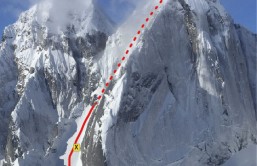Car crashes are the leading cause of accidental death among teens, and texting is believed to play a significant role in these statistics.
The use of voice and texting devices is believed to boost crash risk a shocking 24 times in this age group, but new research suggests new ways to tackle the problem, the American Academy of Pediatrics reported.
"The risks of electronic distraction for young drivers are very real, but facts and figures have not done enough to change driver behavior," said lead author Beth Ebel, director of the Harborview Injury Prevention & Research Center and associate professor of pediatrics, University of Washington School of Medicine.
A team of researchers set out to determine if technology could reduce distracted driving in teens, and help prevent dangerous crashes. The first technology looked at in the study was an in-vehicle camera system that was triggered by certain dangerous driving factors, such as hard braking, for parents to later review; the second was a cell phone-blocking device that kicked in when the vehicle was in operation.
Twenty-nine teens were split into three groups: camera only, camera plus cell phone blocking or control group. A program installed on the subjects' phones allowed the researchers to determine how many minutes the teens had spent talking and how many texts had been sent while driving over a period of six months. The results showed the teens in both intervention groups had lower cell phone use and reduced high-risk driving behavior than the control group, but the cell phone blocking program proved to be most effective.
"The results of our study suggest that technological programs that may help limit exposure to distraction for novice drivers are accepted by teens and lowered risky driving," Ebel concluded.
The findings were presented at the Pediatric Academic Societies (PAS) annual meeting .








